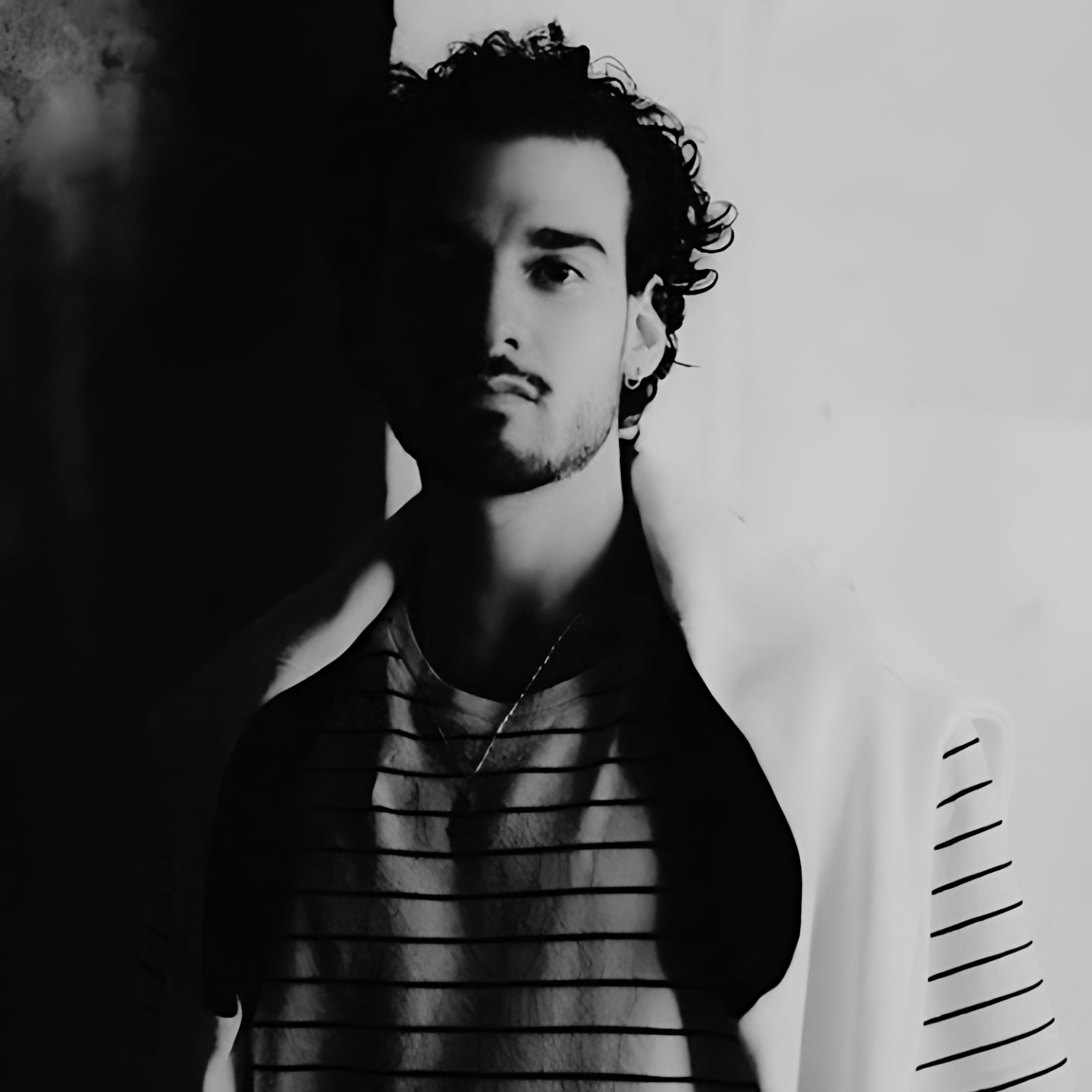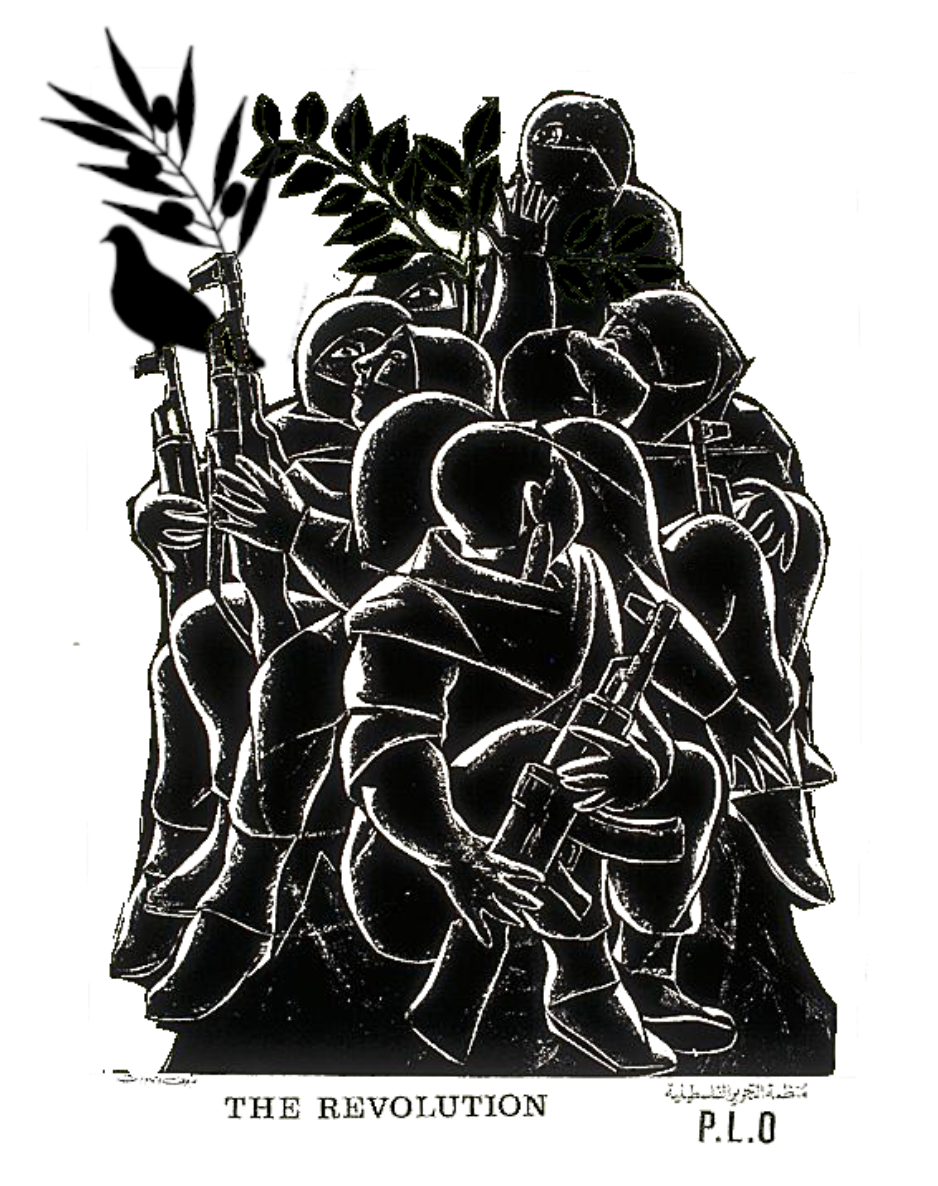The Revolution
The Revolution
By Jameel Shammout
In Artworks
Couldn't load pickup availability
Out of stock
Item details:
▸ Features: Limited Edition Handmade▸ Materials: Cardstock
▸ Art technique: Illustration Silk Screen Printing Hand-Printing
▸ Dimensions (cm): 42.0 x 29.7 x 0.1
▸ Net Weight (kg): 0.04
The Revolution screen print is based off a poster designed by Shafik Radwan in 1967, a Gazan artist, for the Palestinian Liberation Organisation. Radwan was born in the village of Najd in northern Gaza, which has now been destroyed by the occupation, he went on to study graphic design in Cairo and Art Critique in Moscow. Soon after, he taught Arts in Libya, Sudan, and Palestine, becoming the Director of the Fine Arts Department at the Palestinian Ministry of Culture, the Head of the Fine Arts Department at Derna University in Libya, and the Dean of Fine Arts Faculty at Al-Aqsa University in Gaza. The graphic features a huddle of Palestinians holding Kalashnikovs, olive branches, and doves, representing the fight of the Palestinian people to reclaim their homeland and a future of peace and growth for their families.
Production year: 2024.
According to Dr. Pamela Chrabieh, Urban Canvas Exhibition's curator, "The Revolution" draws on the legacy of Shafik Radwan's 1967 poster, intertwining symbols of resistance with hope. The combination of Kalashnikovs, olive branches, and doves within the composition speaks to the duality of armed resistance and the desire for peace. In the Urban Canvas exhibition, this piece resonates deeply with the theme of resilience, illustrating how public art can encapsulate the fight for dignity, land, and a future, transforming urban spaces into living narratives of struggle and hope.

About Jameel Shammout

Jameel Shammout aka JamPam is a street artist focusing on topics that reflect his upbringing as a Palestinian in the diaspora. Born in Amman in 2001 to a family without roots in any one location, Jam moved through 8 countries and 3 continents before the age of 20. This life meant that one of the few common links between all the cultures he had to adapt to was art—the only internationally shared language.
While it’s common for artists to utilize street art, murals, and graffiti to build hope and resilience within communities, JamPam took a different approach. Surrounded by foreign societies that didn’t understand the effects of long-term occupation of a homeland or what it means for the population in and outside of the country, he used street art to offer those communities a new perspective.
“I wanted people to understand that war and occupation mean more than just numbers and statistics. I wanted people to relate to, if even just so slightly, what the Middle East has been through, and continues to go through. This pushed me to move away from the traditional forms of raising awareness and instead focus on how I can guide someone’s mind into my own. How can I find the connections between what expresses my emotions and what expresses yours? Finding that link between populations is what ultimately creates empathy and understanding between them.”

